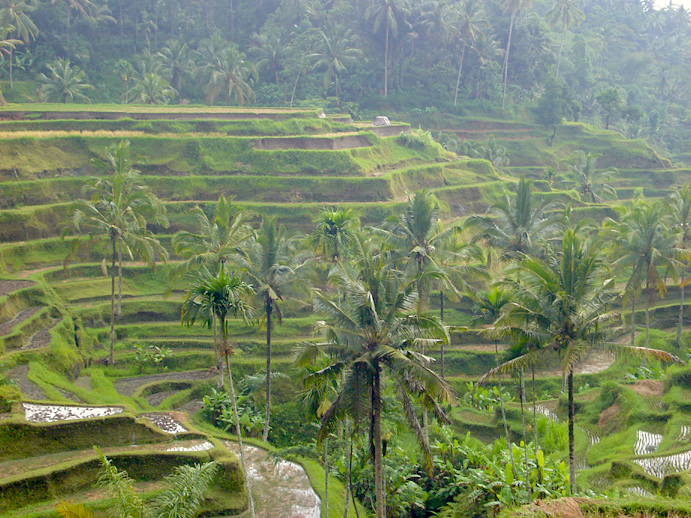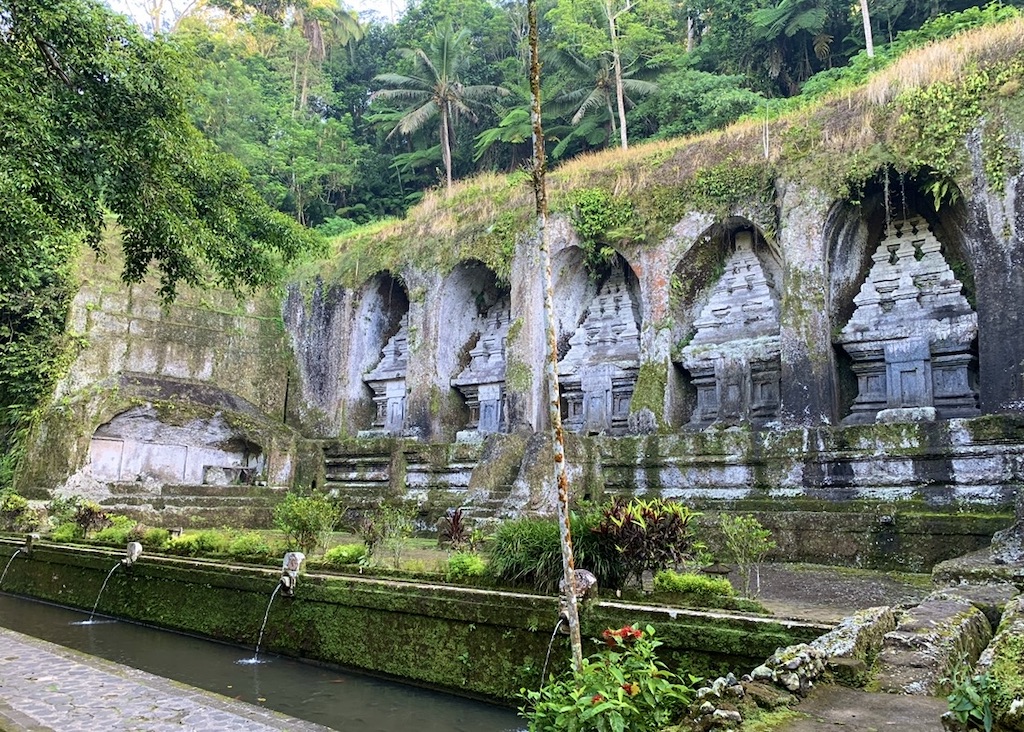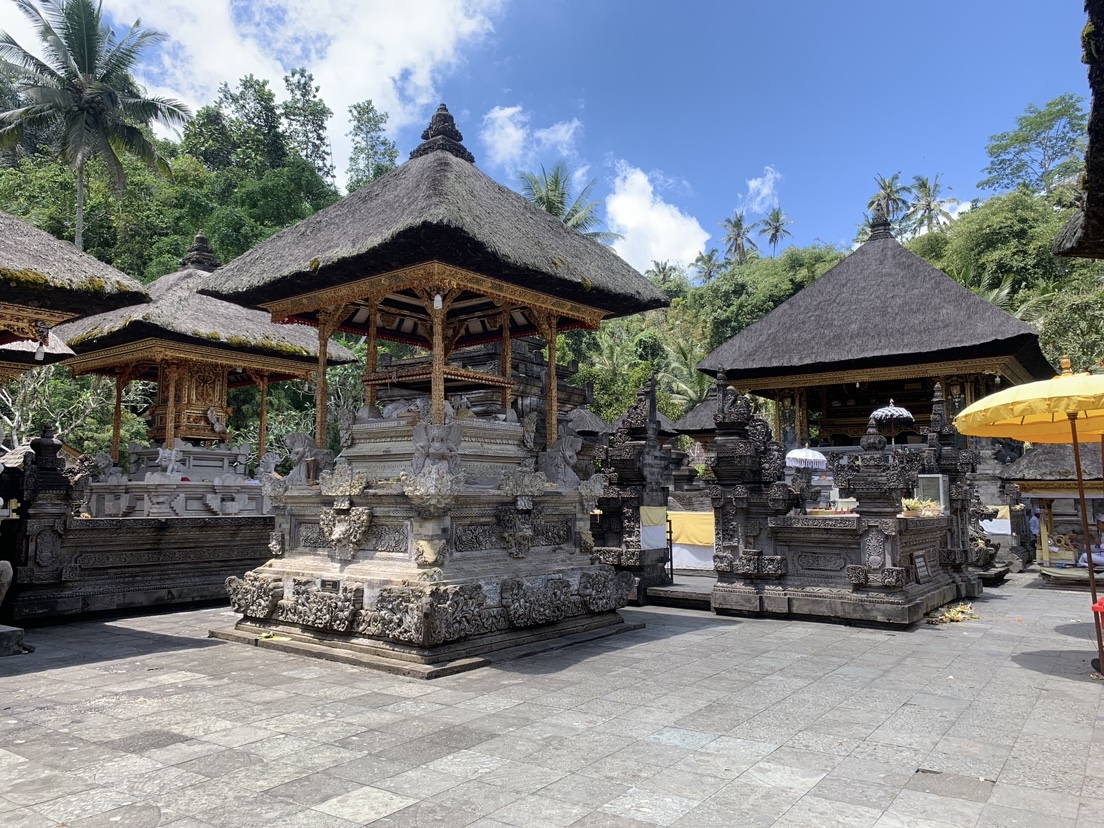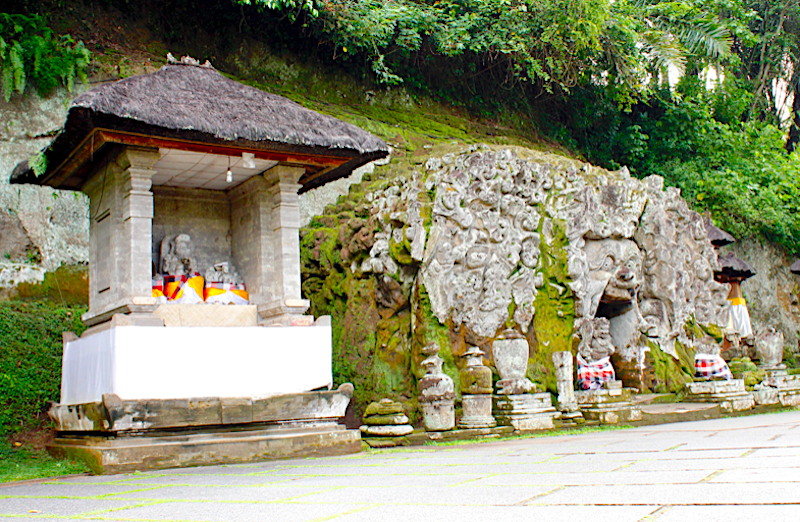Exploring Tegallalang Rice Terraces: A Scenic Wonder in Bali’s Heart
Bali is famous for its breathtaking landscapes, and among them, the Tegallalang Rice Terraces shine as one of the most beautiful and iconic spots on the island. Just a short drive from Ubud, this natural wonder offers a perfect snapshot of Bali’s agricultural heritage, where layers of vibrant green rice fields flow down the hillside like waves. It’s a must-visit destination for anyone looking to soak in the beauty and culture of Bali, but there’s more to Tegallalang than just a pretty view. This place is deeply tied to the spiritual and agricultural traditions of the Balinese people.
In this guide, we’ll dive into everything Tegallalang has to offer, from how to get there and when to visit, to understanding its rich history and culture, plus some handy tips for making the most of your time there.
Why Tegallalang Rice Terraces Are So Special
Located about 20 minutes north of Ubud, the Tegallalang Rice Terraces are part of a traditional irrigation system known as subak. Dating back to the 9th century, this method of water management is all about community cooperation and respect for nature. In fact, it’s been recognized by UNESCO as part of Bali’s cultural heritage.
As soon as you arrive, you’ll be struck by the artistry that goes into creating these terraced fields. The sight of endless rice paddies cascading down the hillsides is mesmerizing. Whether you’re taking a leisurely walk through the fields, enjoying a coffee at one of the scenic cafes, or watching farmers go about their day, you can’t help but feel at peace here.
History and Cultural Significance
The subak system is more than just a clever way to irrigate fields—it’s a spiritual practice. It’s built on the idea of Tri Hita Karana, which emphasizes balance between humans, nature, and the divine. The goddess Dewi Sri is said to protect the rice crops, and the Balinese people often make offerings in her honor to ensure a good harvest.
Walking through Tegallalang, you’re not just seeing beautiful landscapes—you’re witnessing centuries of tradition. The terraces are a living example of how the Balinese maintain harmony between people and nature, a balance that’s deeply spiritual.
When Is the Best Time to Visit?
To enjoy Tegallalang at its best, timing is everything. Early morning, between 7 to 9 AM, is ideal if you want to avoid the crowds and catch the terraces bathed in soft morning light. It’s cooler too, which makes for a more comfortable walk. Alternatively, late afternoon (around 3-5 PM) is another great option, when the golden hour light gives the terraces a magical glow.
If you’re lucky, you might visit during the rice planting or harvesting seasons. The terraces are at their greenest during planting, while harvest brings warm, golden tones.
Must-Do Activities at Tegallalang
There’s no shortage of things to see and do in Tegallalang, so here are a few highlights:
Main Viewpoint: This is where most visitors start, and for good reason—the sweeping view of the terraces from here is nothing short of spectacular. Perfect for that postcard-worthy photo!
Jungle Swings: Feeling adventurous? Tegallalang’s famous jungle swings let you soar high above the terraces. Not only is it exhilarating, but it also gives you a unique vantage point over the fields.
Hike the Terraces: If you really want to connect with the landscape, take a walk through the terraces themselves. The trails wind through the fields, giving you a closer look at the irrigation systems and a chance to see local farmers at work. Just be sure to wear sturdy shoes, as the paths can get slippery!
Relax in a Café: After exploring, why not kick back with a cup of Luwak coffee (Bali’s famous civet coffee) at one of the cafés that overlook the terraces? It’s the perfect way to unwind and take in the view.
Supporting Local Farmers and the Subak System
One of the best parts of visiting Tegallalang is meeting the local farmers who maintain these incredible terraces. Many still use traditional methods to plant, harvest, and care for the rice, and some even offer guided tours or demonstrations. Engaging with them is a great way to learn about Balinese agriculture and give back to the community.
The subak system is about more than just farming—it’s a way of life that emphasizes harmony between humans and nature. Each rice field is connected to a local temple, where offerings are made to ensure the balance between the spiritual, natural, and human worlds.
Tips for Visiting Tegallalang
Go Early or Late: Tegallalang can get crowded, so try to visit early in the morning or later in the afternoon for a more peaceful experience.
Bring Cash: Some areas charge a small entrance fee around IDR 25.000, and many of the cafés and attractions prefer cash payments.
Wear Comfortable Shoes: The terraces can be muddy, so make sure to wear sturdy, comfortable shoes, especially if you plan on walking through the fields.
Support Local: Buy from local vendors, hire a guide, or pay for a swing experience—it’s a simple way to support the people who keep Tegallalang so beautiful.
Nearby Attractions
Tegallalang isn’t the only attraction in the area! If you have time, consider checking out these nearby spots:
Pura Gunung Kawi: An ancient temple complex with impressive rock-cut shrines, just a short drive away.
Tirta Empul: A famous water temple where you can participate in a traditional purification ritual.
Goa Gajah (Elephant Cave): This temple and archaeological site is rich in history and worth a visit if you’re in the area.
Final Thoughts, The Timeless Beauty of Tegallalang
The Tegallalang Rice Terraces are more than just a pretty view—they’re a living testament to Bali’s culture, spirituality, and connection with nature. Whether you’re an adventure seeker, a photographer, or simply someone looking to unwind, Tegallalang is a place that will leave a lasting impression.
When you visit Bali, make sure Tegallalang is at the top of your list. It’s an unforgettable journey through stunning landscapes and centuries-old traditions.



